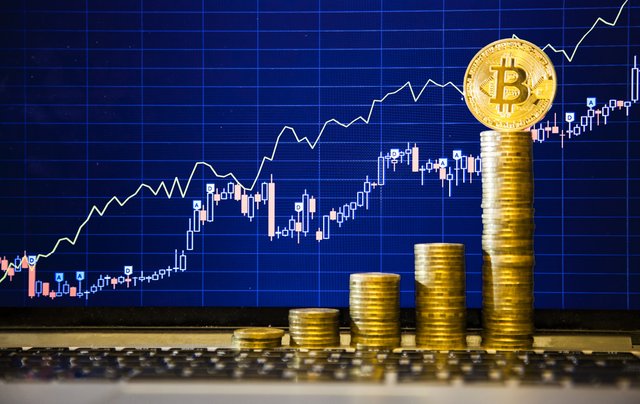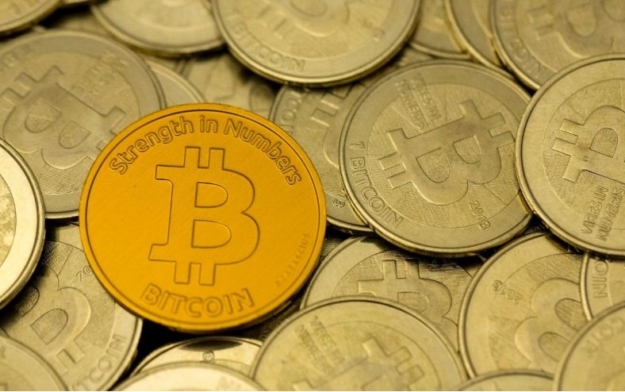The stratospheric rise in the price of bitcoin is fodder for conversation the world over

Most people talking about it are puzzled by this phenomenon; wondering how real it is, how they have missed out on it, and whether a new great big bubble has been created only to soon explode. Others reckon that a sea change of currencies sans regulation is in the offing.
Seven years ago, one bitcoin was worth almost nothing at US$0.003. Today, that one bitcoin is worth more than US$2,500.
To put things in perspective, bitcoin’s value has multiplied 879,999 times since 2010. So, what are people actually buying?
A bitcoin trader points out that many are looking to “hoard” bitcoins.
“Of course, you can spend bitcoins to purchase items at places where they are accepted. But a lot of traders are buying on speculation because the supply of bitcoin is limited,” the trader says.
There are 21 million bitcoins available, and so far, almost 70% of them have been “mined” from the Internet.
And because of the steep increase in bitcoin value, some associate it with the word “bubble”.
Billionaire investor Mark Cuban had said earlier this month that he thought bitcoin was in a “bubble”, yet he acknowledged then that there is value in the blockchain technology behind the digital currency.
One can perhaps relate the sudden hype surrounding bitcoin to “Tulipmania”, an episode in Dutch history in 1636-1637 where the price of tulip bulbs was propelled by speculators to dizzying heights.
Eventually, the bubble burst and the price of tulip bulbs crashed. The price collapsed not because of the high price of tulips, but because there was no intrinsic value in a tulip bulb.
To be sure, the bubble theory can be applied to all assets. Today, some commentators argue that global equities and the housing markets in some places are in bubble territory. The Dow Jones Index, for instance, has been hitting new highs in the last eight years.
In the case of bitcoin, it can actually be used to buy goods and services, although within limited scope. That scope is expanding. Traders of bitcoin argue that its attractiveness lies in the potential of it becoming a global currency, as well as the technology behind the cryptocurrency.
While banknotes or fiat money may not have intrinsic value, it is backed by governments and central banks that tend to exert control over the value of their currencies to keep it at desired levels. And that could be the reason why pure cash is not necessarily a good long-term investment.
Back in 2010, there was not much you could do with bitcoins. A famous example is the story of a university student who bought a pizza using 10,000 bitcoins.
Today, cryptocurrencies are starting to make their way into mainstream usage. A recent example is when the Japanese government announced that bitcoins are accepted as legal payment.
After the news broke, bitcoin’s price continued to hit new highs.
While the supply of bitcoin is limited (which explains its steep rise), it is not the only cryptocurrency available. There are more than 900 cryptocurrencies on the Internet. Many are being launched by initial coin offerings (ICOs), a process akin to an initial public offering of companies, minus all the regulation that comes with the latter. Cryptocurrency is decentralised digital money in cyberspace and not created by central banks.

Besides bitcoin, other increasingly popular cryptocurrencies include ethereum and litecoin.
Ethereum’s price has gone up more than 5,000% since the beginning of the year.
However, after peaking at US$391 in mid-June, the ethereum price has dropped more than 40% to US$291 a unit. In other words, cryptocurrencies tend to have volatile prices. Hence, it may not be the investment choice of everyone.
Going back to the story of Tulipmania, investors who had bought at the peak lost the most when the price came crashing down. Will the same happen with investors of cryptocurrencies?
It is hard to tell. The Economist recently wrote that ICOs could generate intriguing inventions and that fans hope that they will give rise to decentralised upstarts taking aim at today’s oligopolistic technology giants such as Amazon and Facebook.
However, the publication also said that this could be a dangerous way of generating innovation because of a potential crash in cryptocurrency prices. It balanced the view, though, with this: in the case of cryptocurrencies, such risks seem limited, as investors are aware of the risks and it is a fairly self-contained system, calling it a healthy bubble.
Hi! I am a robot. I just upvoted you! I found similar content that readers might be interested in:
https://steemit.com/bitcoin/@kondrat/the-puzzling-rise-of-bitcoin
Congratulations @lsdconnoisseur! You have completed some achievement on Steemit and have been rewarded with new badge(s) :
Click on any badge to view your own Board of Honor on SteemitBoard.
For more information about SteemitBoard, click here
If you no longer want to receive notifications, reply to this comment with the word
STOPGreat post, very interesting read.

Following you
Great post bud! You have a new follower! I always make it a point to go through my list of followers and follow new fans. I also go to their blog and find an original post to comment on and resteem, see who I'm following and kind of introduce myself. I also am curious where you found me, as I would like to continue to grow and am keeping track of what's working and what isn't. I await your reply!
Congratulations @lsdconnoisseur! You received a personal award!
You can view your badges on your Steem Board and compare to others on the Steem Ranking
Vote for @Steemitboard as a witness to get one more award and increased upvotes!